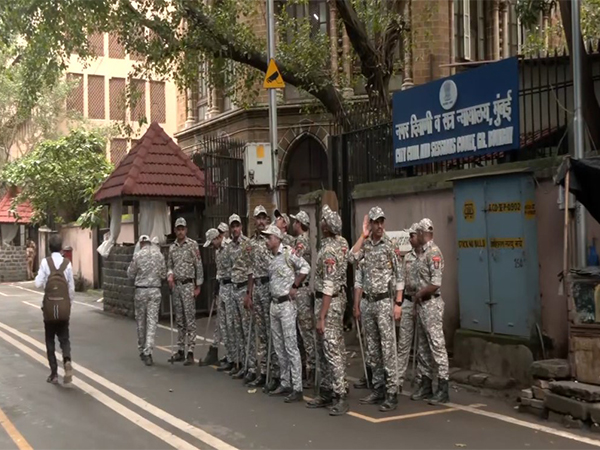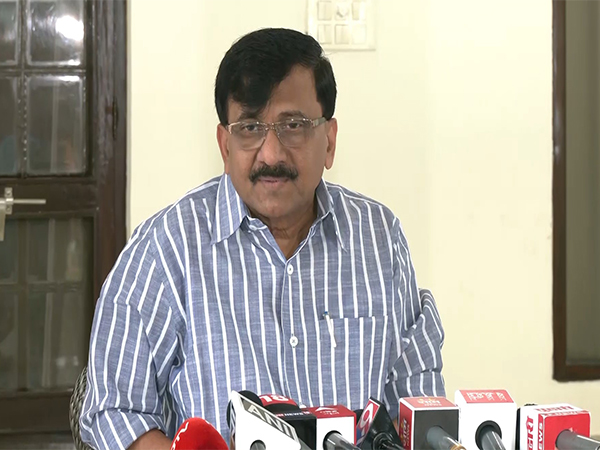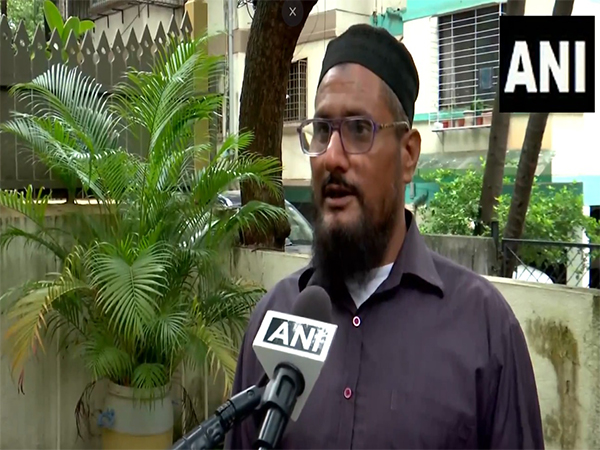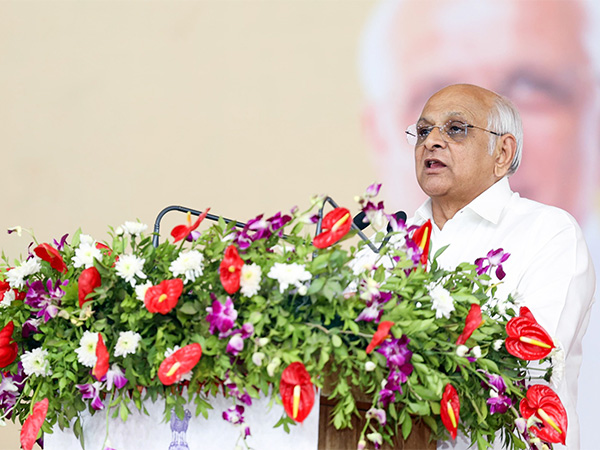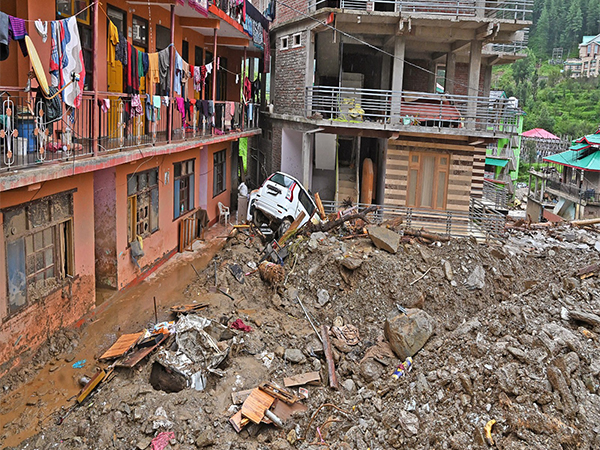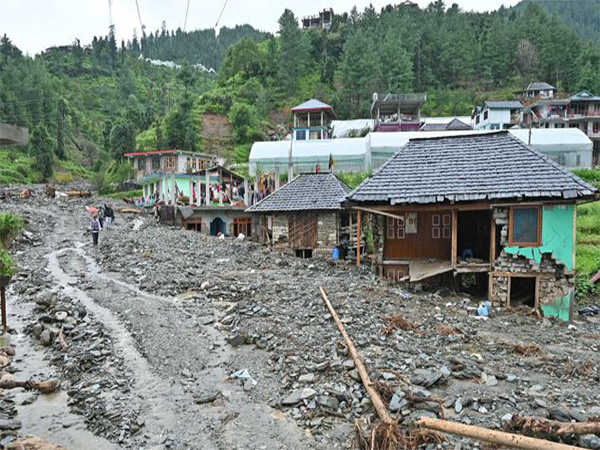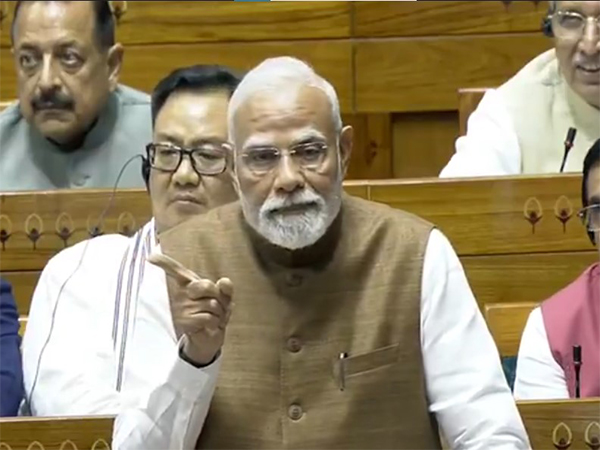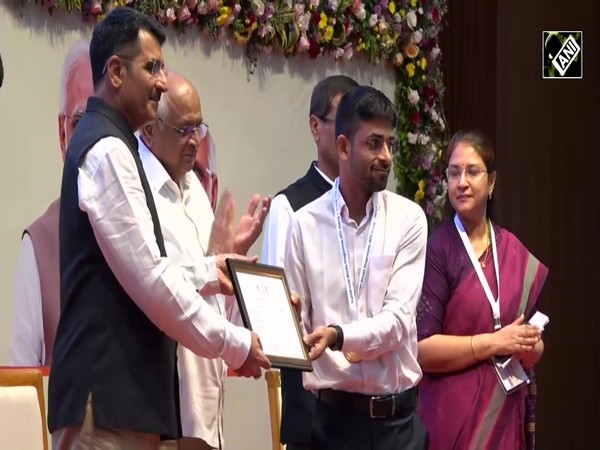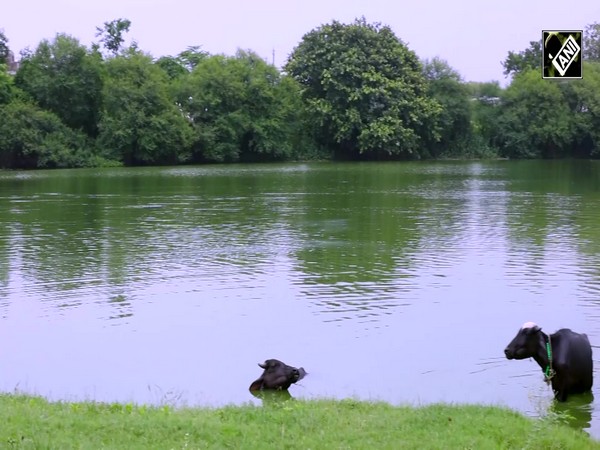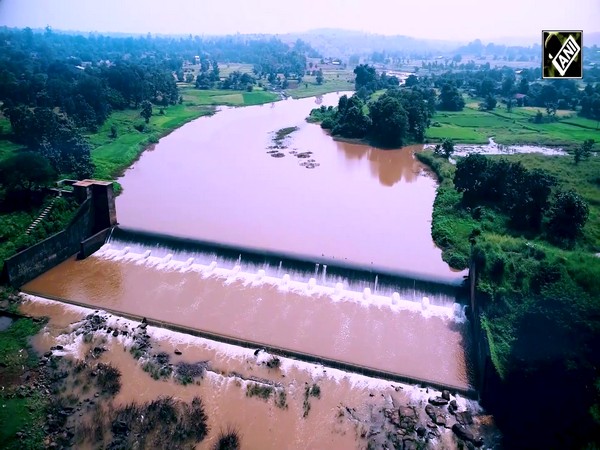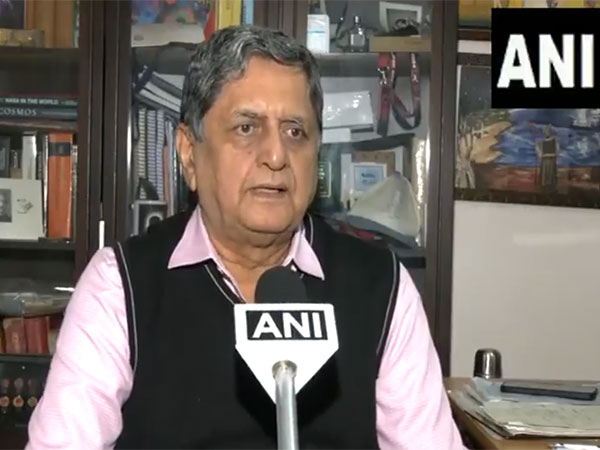
"Major collaboration between two great agencies": Space Scientist on "breakthrough" launch of NASA-ISRO's 'NISAR'
Jul 30, 2025
Bengaluru (Karnataka) [India], July 30 : Space scientist and professor RC Kapoor has lauded NISAR as "the most advanced Earth observation satellite" to date.
Speaking to ANI ahead of the launch of the NASA-ISRO Synthetic Aperture Radar from Sriharikota in Andhra Pradesh on Wednesday, Kapoor said, "It's a major collaboration between two great agencies, NASA and ISRO. It's going to be placed in orbit around the Earth, at a height of about 743km. It will scan the entire Earth in about 12 days."
The scientist said that NISAR will produce an enormous volume of high-resolution data daily, providing critical insights for scientists, disaster management authorities, policymakers, and environmental researchers.
He said, "It will generate a tremendous amount of data per day, which will be greatly useful to many decision makers, disaster managers, and others who want to make a detailed study of the Earth. As of today, it is going to be the most advanced Earth observation satellite."
The NISAR is slated to launch from the Satish Dhawan Space Centre in Sriharikota in Andhra Pradesh today at 17:40 IST.
The mission has seen a long gestation period of over a decade and a joint investment exceeding USD 1.5 billion.
The satellite will be launched into orbit onboard the Geosynchronous Satellite Launch Vehicle GSLV-F16. Usually, PSLV is utilised for such an orbit, and this is the first time that a GSLV rocket is injecting a satellite into a Sun Synchronous Polar Orbit. The NISAR satellite weighs 2,392 kg and will be placed in a sun-synchronous orbit.
It will orbit the Earth once every 97 minutes and send images of Earth's land and ice surfaces, as well as specific portions of the ocean's surface, every 12 days.
The mission's primary objectives are to study land & ice deformation, land ecosystems, and oceanic regions in areas of common interest to the US and Indian science communities.
The mission life of the satellite is expected to last five years.
